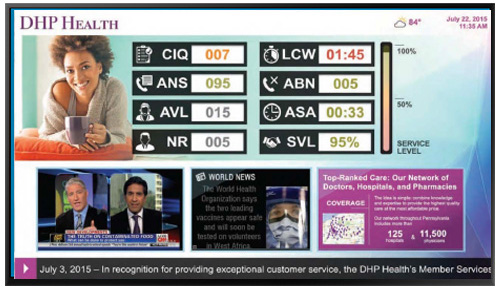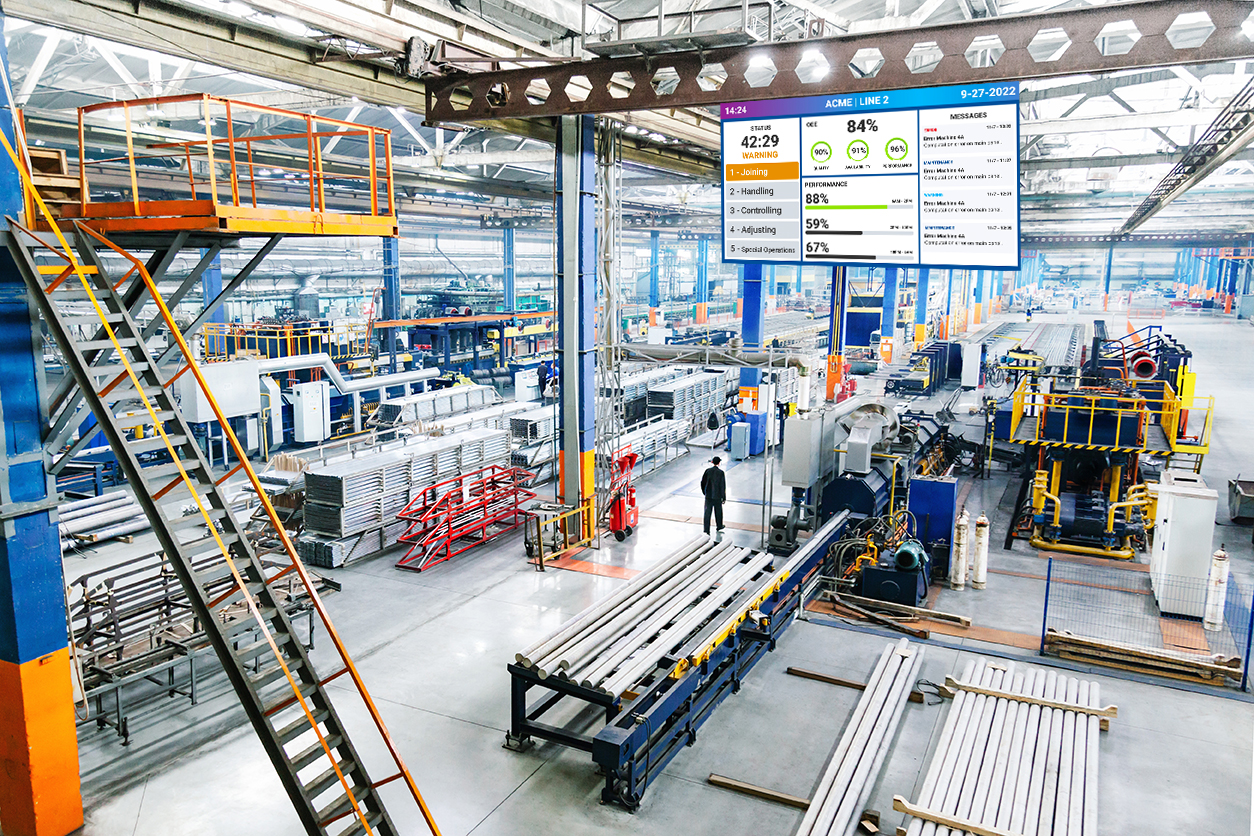Have you ever worked for a manager who showed little interest in your particular interests, talents, or long-term aspirations? No matter how good your career path, the odds are you’ve at one time or another been on the wrong side of a one-sided conversation — and relationship. So now that you’re a leader, how do you rate yourself when it comes to understanding your own employees personal and workplace experiences?
Most communicators send the same message to all of an organization’s employees. These lack relevancy, and neglect the tools that can measure an effective employee communications experience. Did that content reach its intended audience? Did they open, view, click, take action? When managers fail to listen, they lack knowledge — and can’t possibly understand how to engage their employees. How would you engage with your employees? Are their strengths and weaknesses clear? Or what motivates them? Would it be the project they’re most excited for? When you can’t say, you’re overlooking the building blocks of understanding an employee’s experience. That can be a disservice to them, to you, and to your organization.
Are you ready to go to a deeper level beyond name, job title and goal plan? There’s the balance of generations at work, possibly Gen X and Gen Z and Baby Boomers on staff, with different priorities. Beyond demographics, there’s now the differing but complementary needs of in-office, remote employees and hybrids. And for everyone, the unprecedented impact on mental health, workplace productivity, focus and morale that is the mark of 2020, which 69% of workers call “the most stressful time of their entire professional career.”
No matter how well you think you know your employees, the last year was a transformational experience for us all. Their needs and expectations have changed. Updating your “understanding database” starts with business leaders having effective ongoing conversations and observations with employees themselves. But just as important are in-depth discussions with people across your organization who have diverse perspectives on employees and their workplace productivity.
The Miscommunication Experience

The numbers tell a disturbing story when it comes to a general lack of understanding of employee experience. (Your particular workplace experiences will bring forth its own very specific reveals.) Have a look and a think at these gaps:
88% of workers expect complete flexibility in their hours and location. But only 66% of HR directors feel the same*.
86% of employees prefer a workplace experience that puts a priority on outcomes over output. But just 69% of HR directors say their company operates on those standards of value delivered vs. volume achieved*.
91% of employees will tell you they think leaders lack effective communication skills** — even as 60% of employers have increased employee listening efforts***. But is it the type of listening that elicits understanding that will lead to a better workplace experience? One that is more inclusive, more productive, more valued? Probably not, as another figure makes clear: just 31% of companies are conducting employee surveys. In a digital world, this doesn’t add up. Not when workplace experience platforms make this type of two-way listening almost effortless: targeted, relevant communication that encourages participation, with learnings that could be truly priceless.
What else might you “not understand” about your workplace experience? Moving beyond the numbers, there’s the individual fallout and complications of last year’s imbalance. During shutdown and remote working for so many, how have members of your team been directly affected by the need to care for children during school shutdowns? Or possibly had to fight to recover from COVID themselves? Or had to deal with the unthinkable loss of friends and family members?
Where do your workers stand on the political and social issues that ran in parallel to the workplace chaos? Those carry over, and you may discover that many employees will carry with them a desire for a workplace that aligns with their values. What are the views on safe work spaces or increased diversity, equity and inclusion that are in motion and should be addressed on the job?
Shed Some Light on the Employee Experience

As an effective communicator, you’ll want to understand a person’s style and how they want to be communicated with. This also includes how they DON’T want to receive workplace communications. Just as the right way will engage, the wrong way will create poor experiences — even conflict — and the disconnect of deaf ears and “message not received.”
Fortunately, there are digital communication tools that can help with this. An effective workplace experience platform will include features that can connect with an employee based on their preferred type of media, on their favorite screen. As you continue to learn more about employees, expect to discover common themes. These can drive an internal communication strategy that you can message against to promote understanding, boost morale and improve employee experiences, driving improved productivity.
Uncovering those workplace experience themes might include asking questions related to:
A New Work-Life Balance: What type of support experiences are employees looking for in continued work-from-home, or a flexible schedule scenario that provides adequate time to take care of personal and family demands?
Digital Work Processes: How can consistent, widespread access to business apps and data give your employees more mobility, accessibility and flexibility?
Valuing Time: Will employees be more receptive to your internal workforce communications if they are timed to arrive based on individual productivity schedules? (A digital workplace communications platform can improve this further, by tracking participation through open and click rates.)
Emphasizing Importance: When can positive feedback and performance recognition remind an employee or team of the unique role they play in helping your company achieve its goals?

Discovering those workplace experience themes might help you understand individual motivation and inclination; predict how people might experience and respond to stress, change and important decisions; clue you into the special role a person might play on or leading a team; and even solve the mystery of why some people relate and others clash. Any and all valuable in understanding a high-performance workforce that maximizes its output.
Bring Home Workplace Experience and Employee Engagement
Is there a one-size-fits-all model for understanding the employee experience in the workplace? That would be convenient, but unlikely. Different employees will have different needs and values, dictated by psychology, life circumstances and challenges.
Start by building a reputation of being a leader that listens. (If that seems like common sense, it doesn’t mean it’s commonly practiced.) Once you know those needs, you can use the right tool to communicate and motivate them as individuals. Feeling understood, employees will feel more committed, more positive, more focused on their work — with new potential for your company overall.

Workplace experience platforms can be a powerful tool here, but it’s in serving your people that technology becomes most effective. It is a bridge for knowledge, with a purpose for understanding. A modern workplace is only possible if it is aligned with the needs and understanding of a future workforce.
There’s a saying that comes to mind, ascribed to everybody from Ben Franklin to Confucius: “Tell me and I forget. Show me and I may remember. Involve me and I will understand.” The many opportunities now to involve and be involved should be seen as a reflection of one of the most overlooked and critical workforce experience characteristics to encourage: curiosity.
Curious people seek to understand. They ask why and challenge the status quo. Curious employees solve problems by creating solutions — better for the customer, better for the organization, better for each other. A culture of curiosity is a culture of understanding — and innovation.
What will understanding the employee workplace experience gain for you and your company? That’s for you to discover.
* Harvard Business Review – May 2021
** Inc.com
*** Ginger.io – Workforce Attitudes Report – Businesswire.co


